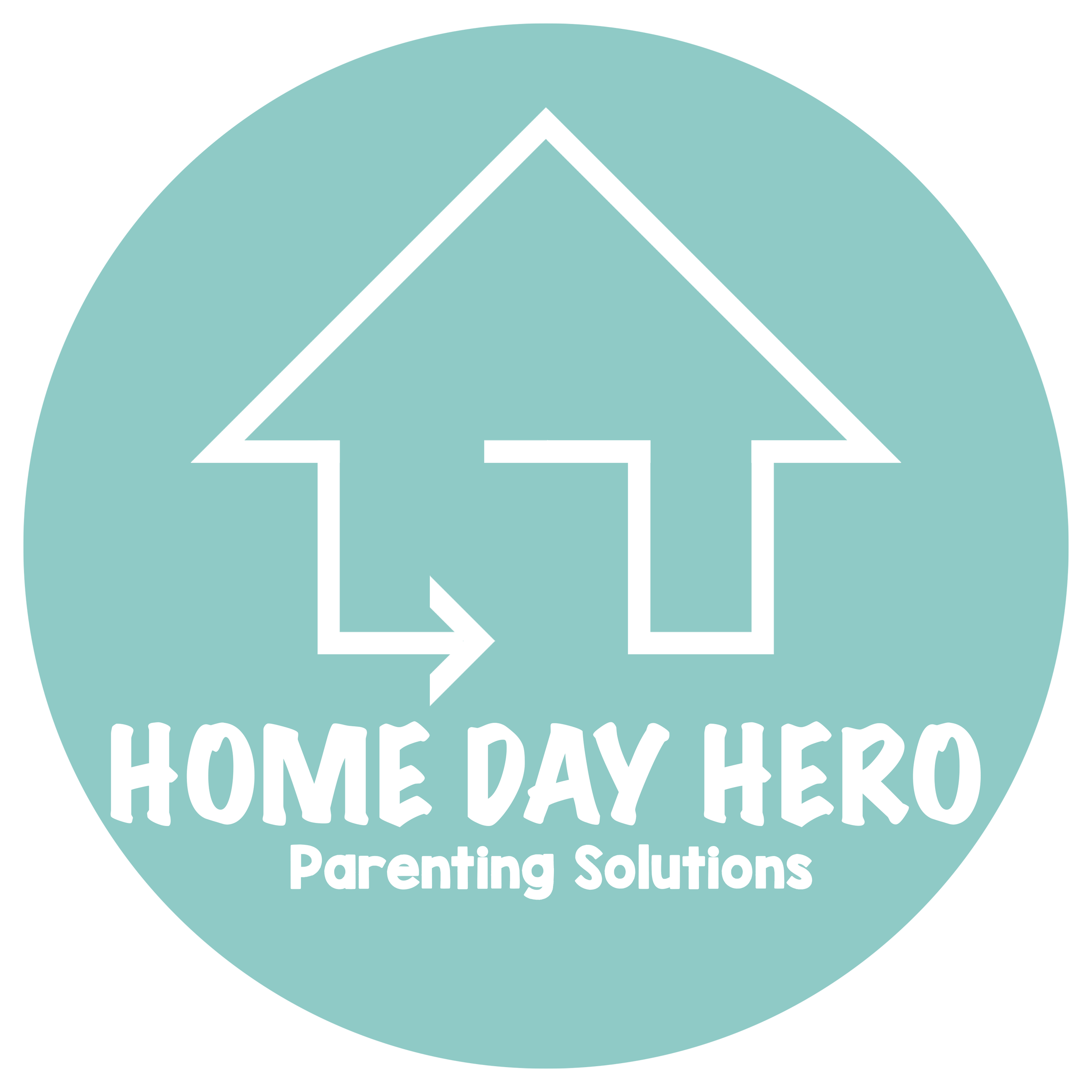Involvement with Learning
Learning is a Process
Children have more advantages when it comes to development when their parents participate in the learning process at home. However, how can educators get parents (and guardians) excited and on board?
4 Ways to Involve Parents (and guardians) in the Learning Process at Home
1. Plan an Orientation
Whether through Zoom or in person, getting to know the family right off the bat means you can begin to plant the seeds and start to get on the same page when it comes to children’s learning and development. Parents will feel welcomed to the program, and respected as partners in their children’s growth, development and experience. As educators, we can work on creating and building positive relationships with both the children and the parent’s right from the beginning.
2. Communication
Strengthen relationships and keep an open and ongoing dialogue with parents and families. Consider how information will be shared with the families. How will educators engage meaningfully with parents regularly? Ask parents how they would like to communicate. You could consider using an app that allows educators to communicate relevant information to parents with real time updates as well as comprehensive daily reports and activities. Other ways to keep parents informed could be through a pedagogical bulletin board display, online forum or newsletter. Be authentic and keep parents in the loop. Be sure to engage parents in a way that is worthy of their time.
3. Drop Off & Pick Up Time
These are the two most important times of the day and often overlooked because they can also be the craziest. Even though drop off and pick up time can often seem too busy, they are golden opportunities to engage with parents. Always be enthusiastic and always be sure to acknowledge everyone. Say hello and goodbye to the children and their parents. This seemingly small act has huge benefits as it helps make the child feel welcomed while simultaneously helping the parent to feel more at ease in the program. This is a perfect time for educators to share a detail or two about the child’s day or share information about a cool activity that they are working on.Educators can impart specific information about the child's progress and by doing this; they are involving the parent in their child’s learning. Create a positive, welcoming and rich environment that inspires confidence in parents for themselves and their children. This is an ideal time to engage parents as partners in their children’s growth and development.
4. Look for Ways to Connect
Identify barriers to parent engagement and ask parents what type of support would be beneficial. Give families the tools and resources they need that will support parent engagement in their children’s learning at home like these activities activities from HiMama for the classroom and at home! Remember to be inclusive! It is important to try to connect with all parents, including those who may be experiencing challenges. Finding a balance that works with parent’s schedules and provides flexibility will likely gain better results.
About the Author: Madeleine Hutchison is an Early Childhood Educator from HiMama with her Master’s in Early Childhood Studies. HiMama's childcare app facilitates open communication with families and enables contactless operation of your center, from documentation to payments. Learn more about HiMama or check out their free resources including webinars, classroom activities, printables, podcasts, and more!
